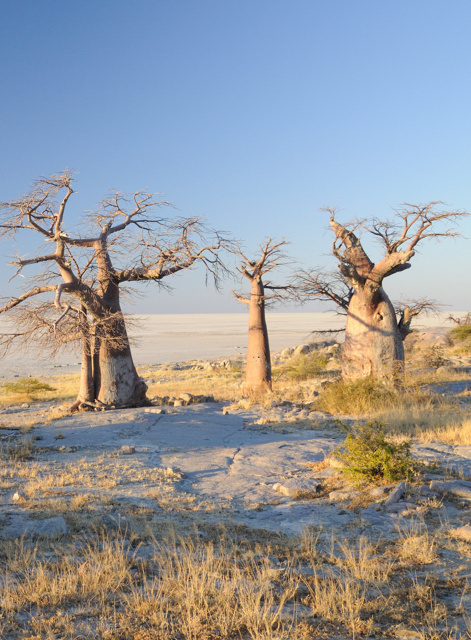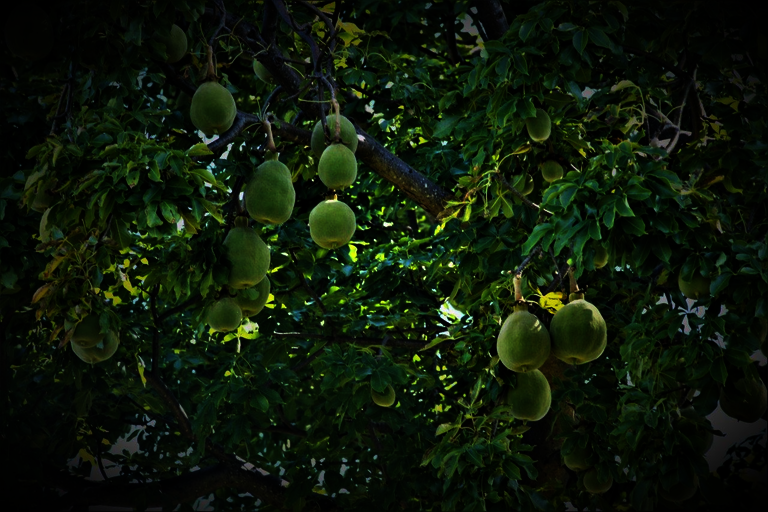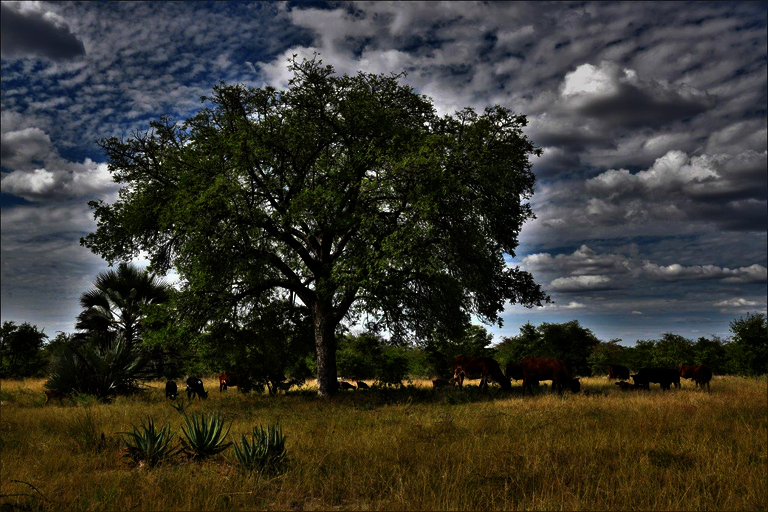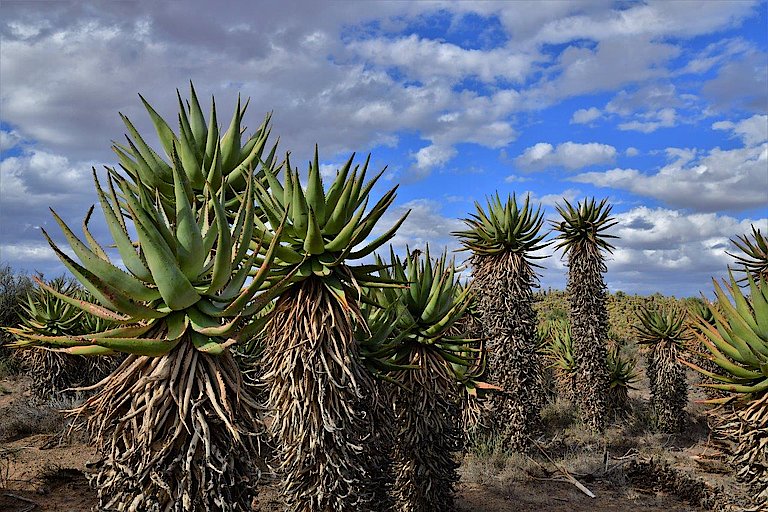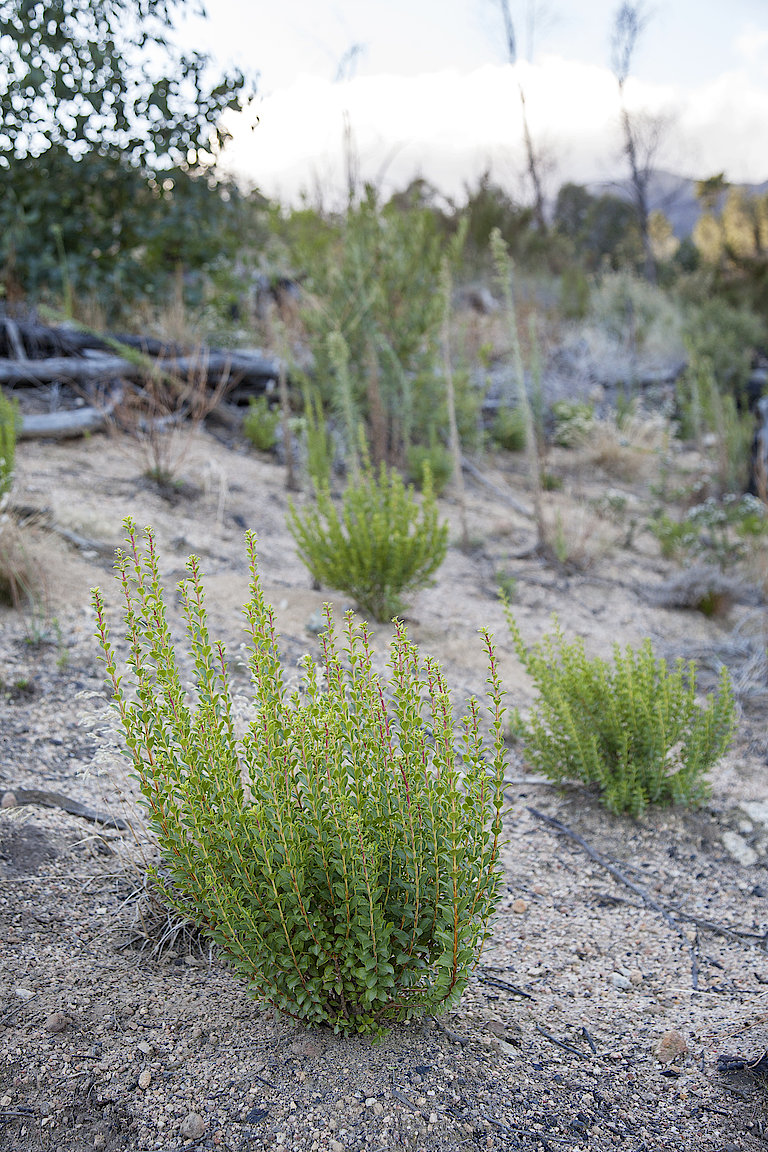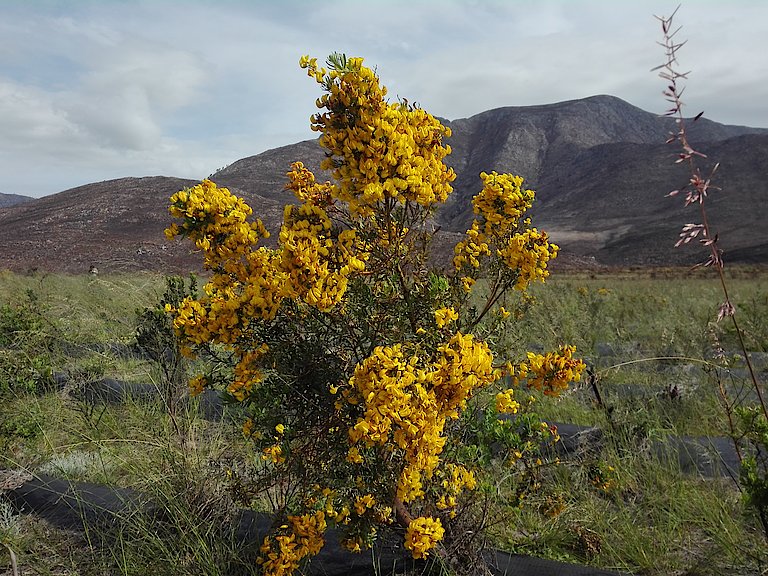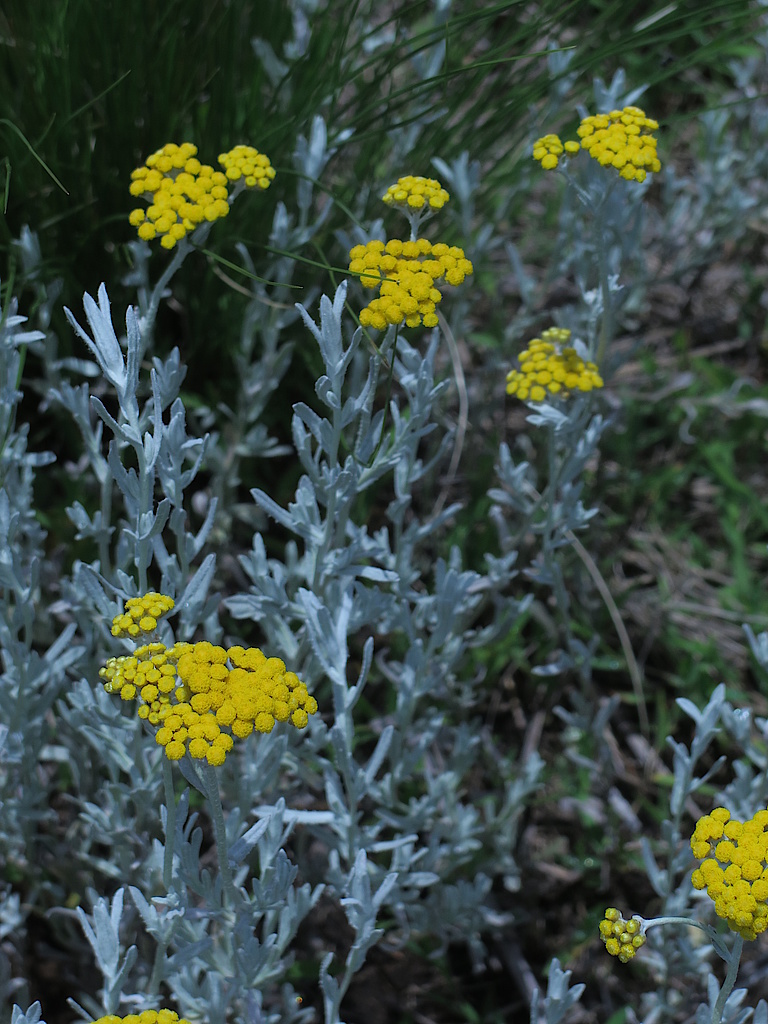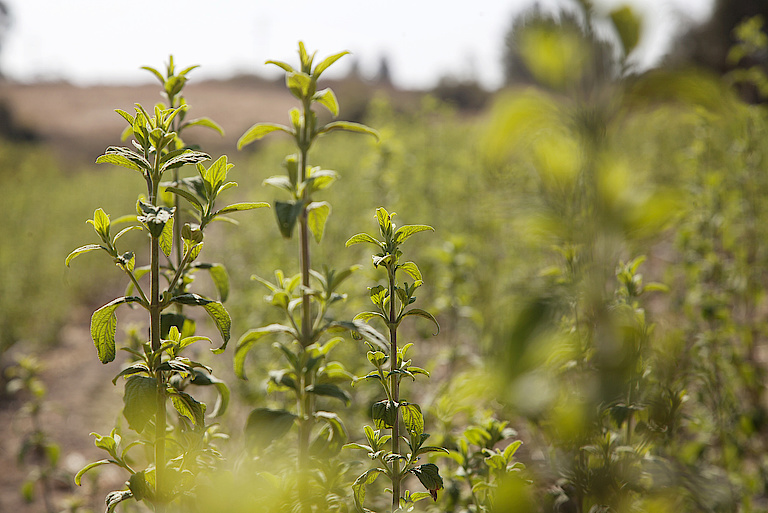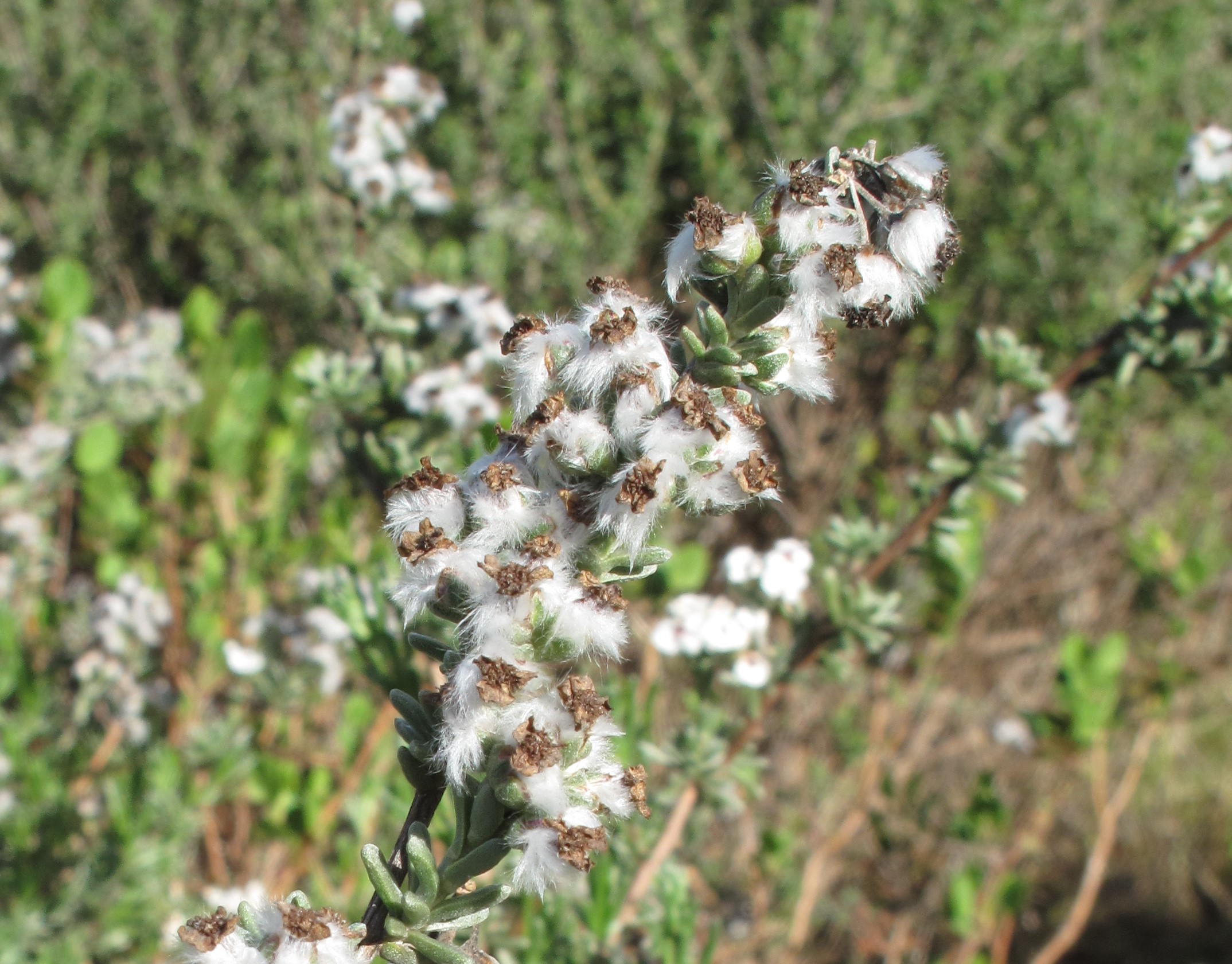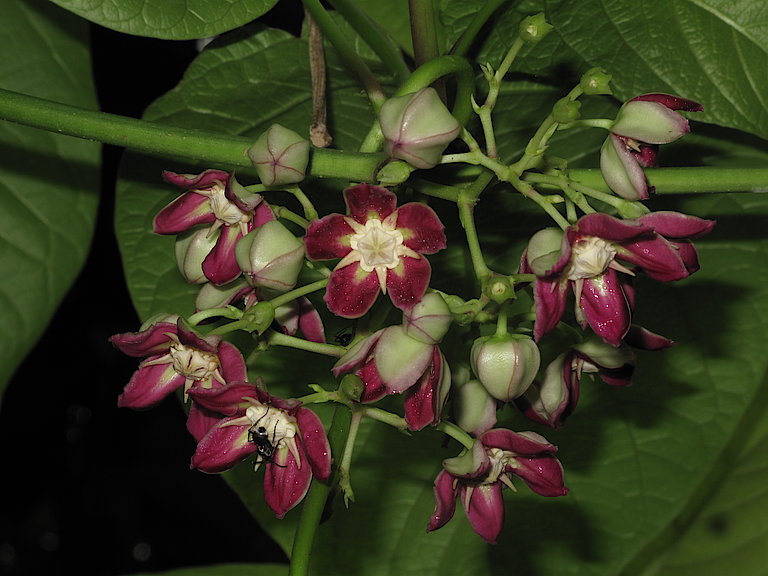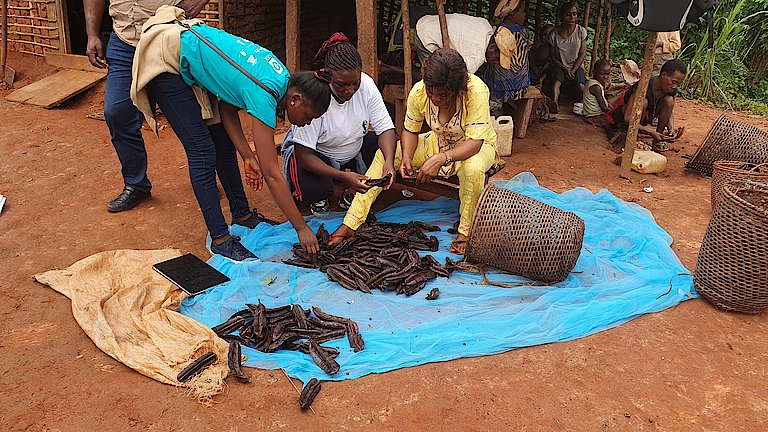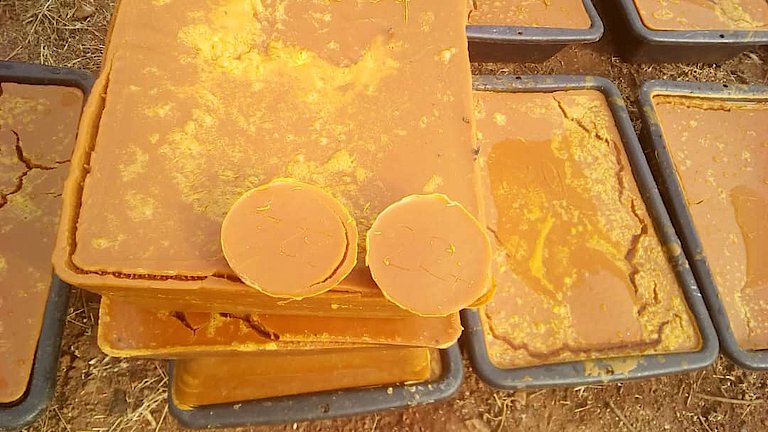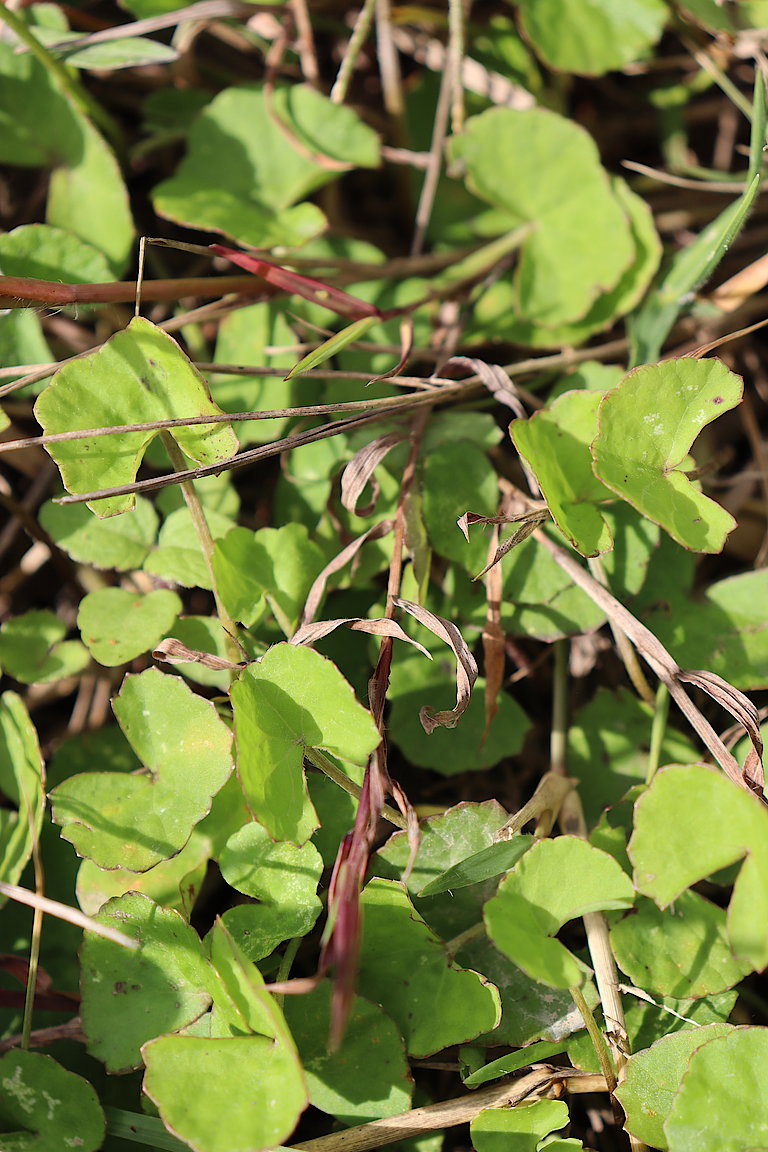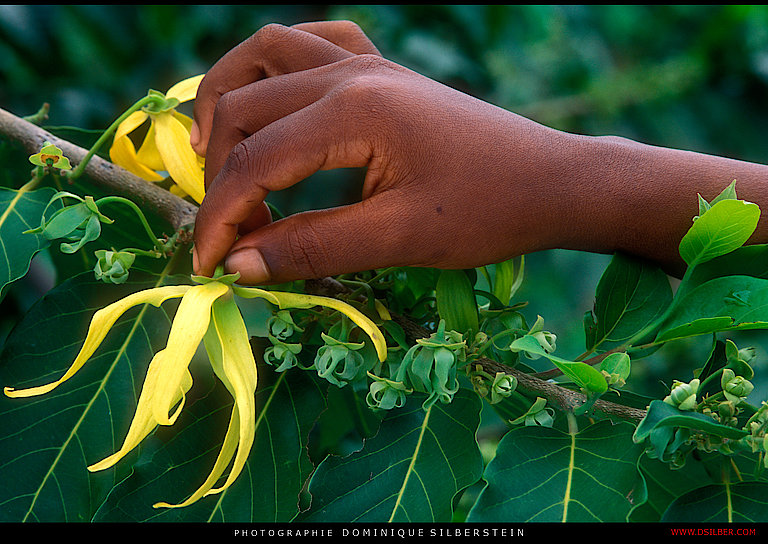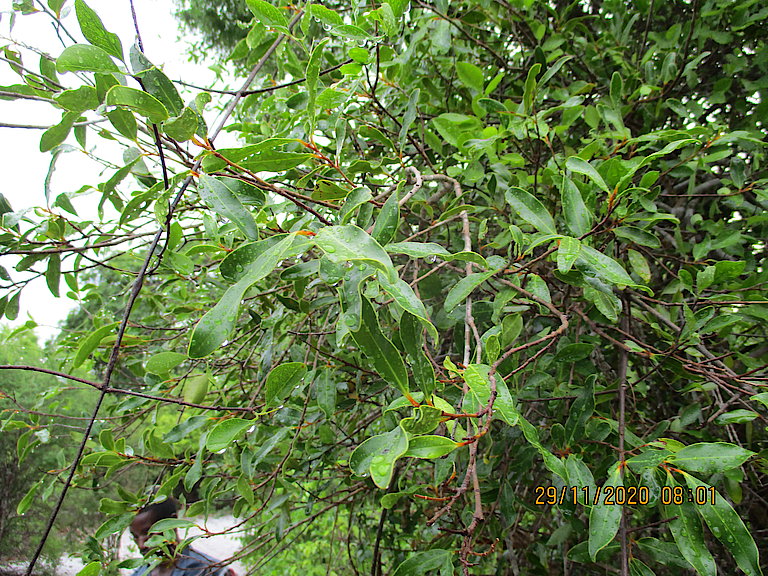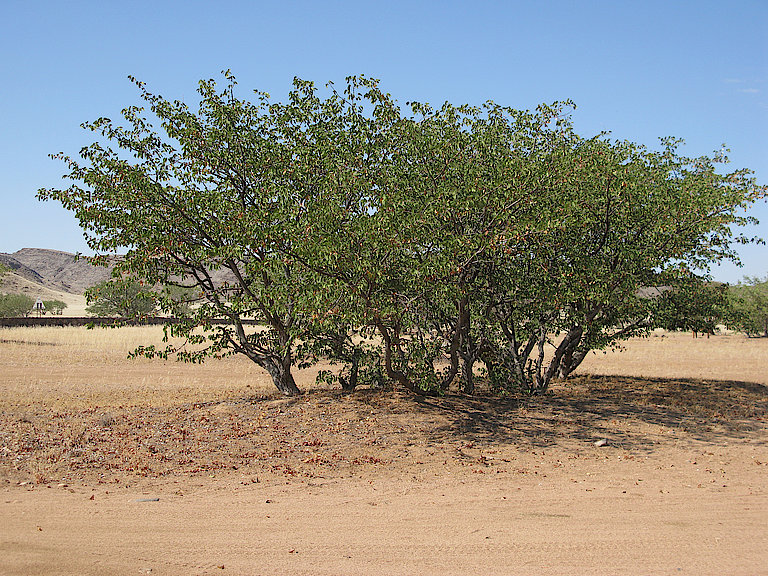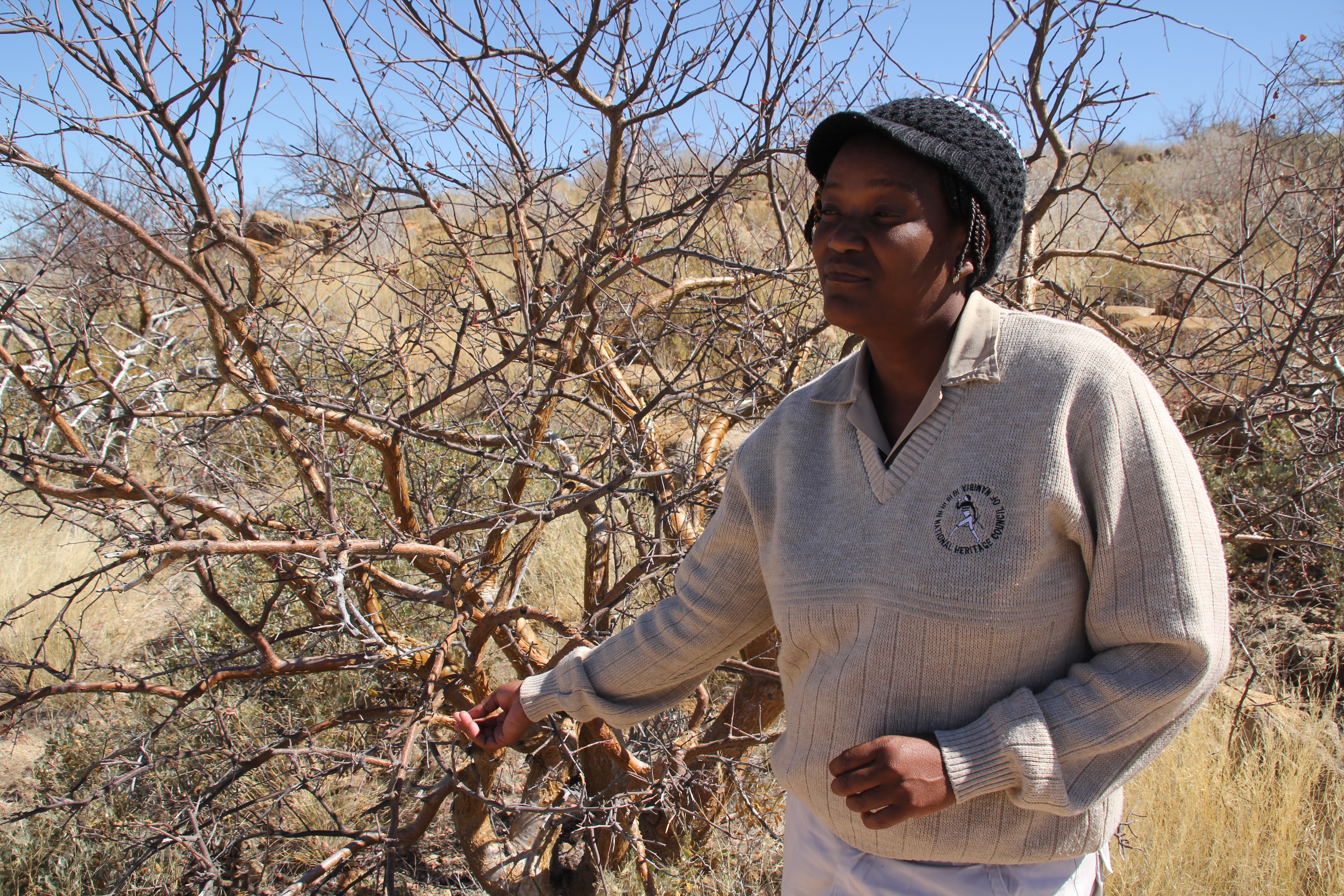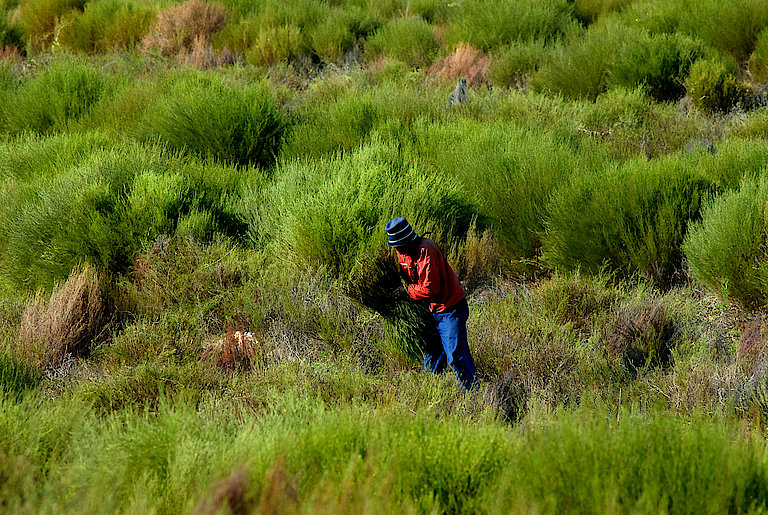About Manketti
The Manketti tree (Schinziophyton rautanenii) is one of the typical and widely distributed trees of the Southern African savannah landscape, including Northern Namibia, northern Botswana, south-western Zambia and Zimbabwe. Its botanical name is Schinziophyton rautanenii. Other colloquial names are 'mongongo nut' or 'feather weight tree'. The latter refers to the lightness of the wood in dried state. The trees have a clear trunk and a wide spreading crown. They reach up to 25 metres in total height and need 25 years until they bear fruits. The trees are deciduous and thus protect themselves in the dry winter. The whitish flowers appear in early summer. The taproot grows until it reaches the ground water, which can be very deep in a landscape like the savannah. The thick bark protects the trees not only from drying out in winter but also from regular bush-burning. The trees have an important socio-economic weight and are considered an important asset of African agriculture. The the nuts and fruits form an important part of peoples’ diets. The fruits are falling from the tree unripe and then change their colour on the ground from a greenish yellow to a reddish-brown. This is also when the ripening process starts, and the flesh of the fruits develops its full flavour.
Usage of Manketti
The edible oil extracted from Manketti seeds is used for cooking, food preparation and personal care products. Thus, the seed oil has applications in modern cosmetics and personal care products due to its healing and nurturing properties. Manketti can be found in various products such as body rubs, skin cleansers, moisturizers and hair products.
